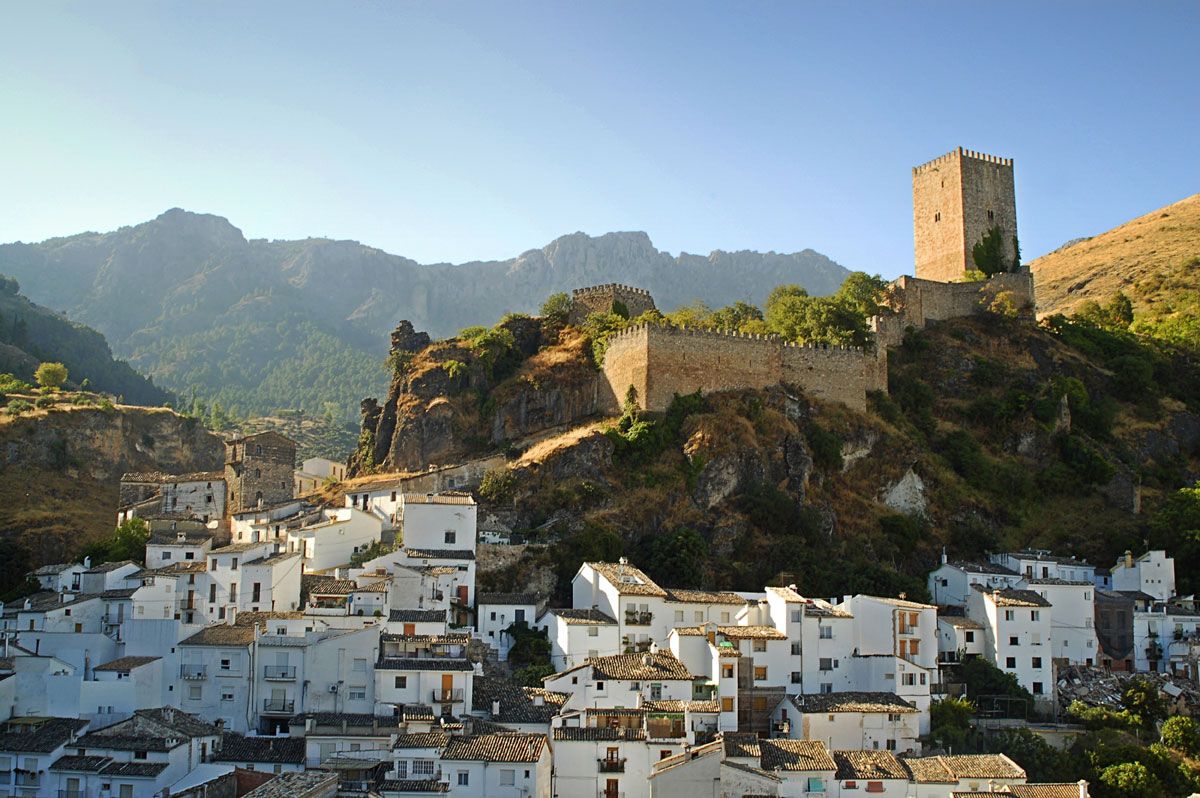International tourism has emerged as a fundamental engine for revitalizing rural Spain, channeling over 5.5 billion euros into local commerce, according to a new study by Afi (International Financial Analysts). This report highlights that spending by international tourists on short-term stays reached the impressive figure of 5.563 billion euros in 2024, significantly surpassing the spending by domestic tourists.
In total, more than 13 million tourists chose to stay in short-term rentals in municipalities with fewer than 10,000 inhabitants, greatly benefiting sectors such as restaurants and retail, which received spending of around 3.2 billion euros. The role of hosts has been crucial in this ecosystem, as 80% of travelers receive local recommendations that stimulate spending in nearby businesses.
Despite these positive results, the study points out that there is still ample room for growth in rural municipalities. While non-rural areas have experienced a 170% increase in the arrival of international tourists since 2021, growth in very rural areas has been only 78%. Afi highlights that villages that have embraced short-term rentals have seen a 14% increase in visitors, especially those lacking traditional hotel offerings.
The impact of tourist rentals extends beyond commerce, also influencing local employment. There has been a 4% increase in sectors related to hospitality and trade. Additionally, the study presents short-term rentals as a sustainable option, as they occupy only 0.6% of the total rural housing stock and often involve the use of second homes or previously renovated properties.
In light of these findings, Afi proposes the need to advance towards public policies that recognize and promote the positive impact of tourist rentals in rural areas. It suggests the creation of specific regulatory frameworks that facilitate the growth of this activity, emphasizing the importance of differentiated regulation between urban and rural environments. Experts agree that this approach is essential to boost the economic development of towns, whose attractiveness and tourism visibility are constantly increasing thanks to this accommodation model.
Source: MiMub in Spanish
